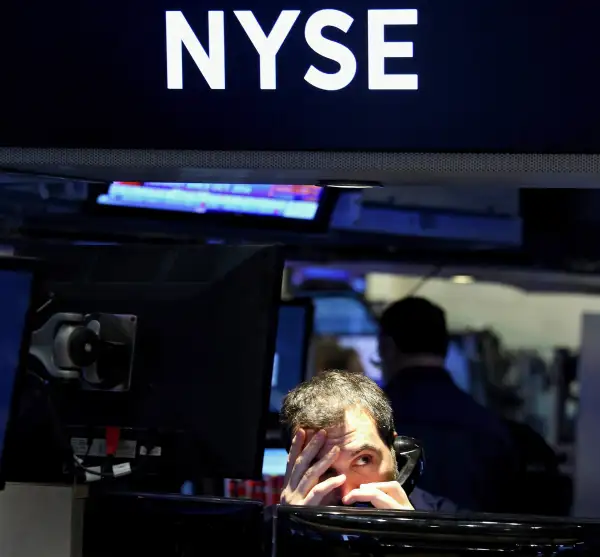Is This the Start of a Bear Market?
Money is not a client of any investment adviser featured on this page. The information provided on this page is for educational purposes only and is not intended as investment advice. Money does not offer advisory services.

The Dow Jones industrial average dropped nearly 250 points Wednesday, renewing fears that a long-awaited bear market — which Wall Street hasn't seen in nearly seven years — may be upon us. At the worst of the sell-off, the Dow plunged by as much as 566 points Wednesday morning, spurred by slump in oil, which fell below $27 a barrel amid fears of a global economic slowdown.
Still, as hard as it seems, try not to jump the gun and assume that a grisly bear market is inevitable. Why not? Here are three reasons:
A bad January doesn't mean a bad year.
Yes, the Dow and S&P 500 indexes are off nearly 10% so far in January, and this does represent the worst start to a new year in Wall Street history. But a lousy January does not necessarily mean this will be a down year for stocks.
In fact, the five worst early Januaries for stocks before this year's debacle took place in 2009 (the S&P 500 was down 6.6% in the first 10 trading days), 1978 (down 6%), 2008 (down 6%), 1935 (down 5.7%) and 1982 (down 5.1%).
Yet only one of those episodes — 2008 — turned out to be a down year.
After the first 10 days in January 2009, for instance, stocks soared 32.2% and the S&P 500 wound up finishing the year up more than 26%. Similarly, in 1982, the S&P gained 21% after the first 10 days of January. In 1978, stocks wound up rebounding 7.5% after a lousy early January. And in 1935, stocks soared 49.9% after early January and finished the calendar year up 47.7%.
Read Next: The 4 Things You Need to Know to Survive a Bear Market
This looks a lot like the August 2015 sell-off
Yes, the market has swiftly fallen into a "correction" and looks very unsettled. But Liz Ann Sonders, chief investment strategist for Charles Schwab, points out that this sell-off looks a lot like the one last summer, when the Dow fell as much as 14% before enjoying an end-of-the-year rally.
This "correction has similarities to last August’s — a swift price decline for a market that had recently been near multi-year highs," she says.
Historically, she adds, there's "a binary outcome after such periods." Either the market worsens because the stock slide is foreshadowing a recession on the horizon, in which case this sell off could turn into a bear. Or there is no recession on the horizon and the markets eventually rebound.
Sonders points out that "every predictive recession model I have studied still suggests a low risk of recession. In fact, if we are in (a recession) or heading toward one, it would be the first time in history that the leading indicators did not roll over and provide ample warning."
Big stocks don't have to follow small stocks.
You may have noticed that small stocks are already in a bear market—they're down more than 23% from their 2015 highs—which some interpret as a sign that big blue chips will soon follow. But it's not necessarily so.
"Many regard small-caps as the canary in the coal mine, implying that the S&P 500 will likely soon fall into its own bear market," notes Sam Stovall, U.S. equity strategist for S&P Capital IQ. "But does history support this notion? No."
Indeed, since 1980, the S&P 500 has followed the small stocks "into bear territory only 50% of the time," Stovall notes. "Even though large and small cap stocks are very highly correlated, just because small caps have now fallen into a bear market doesn’t mean that large caps will too."
